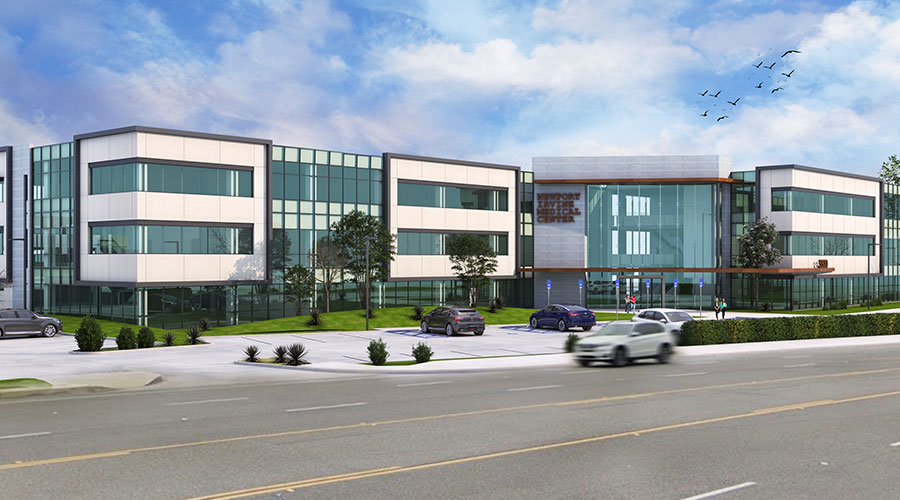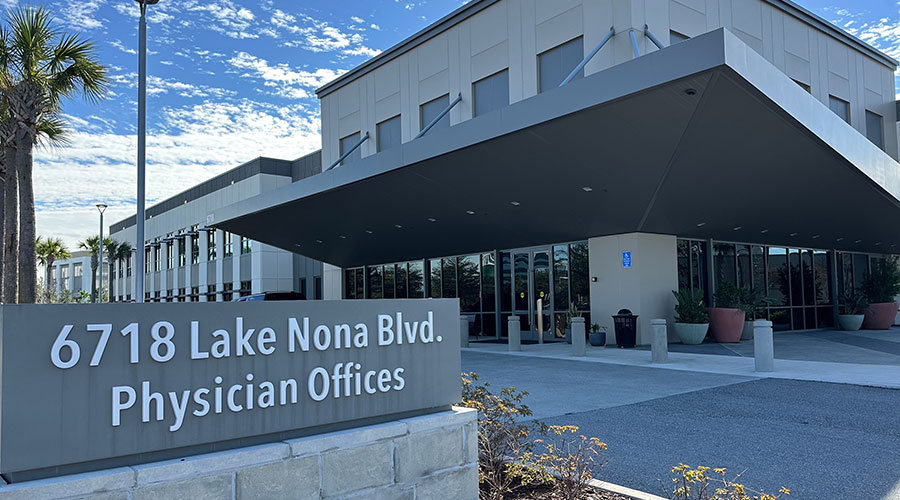|
The aging U.S. population, pressure for healthcare providers to cut costs and new technologies have boosted demand for medical office properties in recent years, according to a new report from CBRE.
The U.S. Census Bureau estimates that the 65+ population will nearly double between 2015 and 2055 to more than 92 million and comprise nearly 23 percent of the country’s total population by that time.
“The steep increase in the 65+ population and anticipated greater need for in-office physician services by this group signals a continued increase in demand for healthcare services and medical office space in the years ahead,” said Andrea Cross, Americas head of office research, CBRE.
The overall U.S. medical office building vacancy rate was 8 percent in Q1 2017, down by nearly 300 basis points from Q1 2010, and significantly below the vacancy rate for the U.S. office market overall (13 percent in Q1 2017). The pace of vacancy rate decrease accelerated in recent quarters due to stronger user demand, likely driven by the aging U.S. population and increase in the ranks of the insured. The national vacancy rate decreased by the same amount during the past nine quarters (140 bps) as during the prior four years, despite a slight increase in new medical office supply during the past few years.
Investment in the U.S. medical office sector increased substantially over the past seven years. Total U.S. investment volume in medical office buildings of at least 10,000 sq. ft. rose from just under $4 billion in 2010 to $10.2 billion in 2016. Moreover, total investment in 2016 exceeded the prior annual peak of $7.3 billion in 2006, further reflecting increased optimism in medical office and not simply improvement from the recession.
The Evolving Healthcare Landscape
Healthcare providers are facing increasing pressure to reduce costs in the face of uncertain reimbursement rates from both Medicare, Medicaid and private insurance companies and improve patient outcomes. Adopting new technologies is one method for improving healthcare outcomes, but the upfront capital required means that costs must either increase or be trimmed elsewhere. Several key ways in which healthcare providers are attempting to reduce costs are by relocating services closer to where patients live, utilizing video technology to meet with patients remotely and moving more patient volume away from hospitals – the highest-cost facilities – and into lower-cost outpatient facilities, including medical office buildings and urgent-care facilities.
“The evolution of medical technologies is boosting demand for newer product with the infrastructure capable of handling cutting-edge devices and systems,” said Jim Hayden, executive managing director, Healthcare, Global Workplace Solutions, CBRE. “Medical office space that helps providers minimize costs and maximize outcomes, including buildings that support collaboration and can accommodate new technologies that help them achieve these goals, will likely remain in favor.”
Leasing Trends
The five markets with the lowest Q1 vacancy rates were Nashville (2.8 percent), New York (3.2 percent), the San Francisco Bay Area (4.2 percent), Louisville (4.9 percent) and Kansas City (5.5 percent). Nashville registered the strongest medical job growth and New York the fifth strongest over the past five years, contributing to their low availability rates.
Overall asking rents for medical office properties have remained relatively flat for the past seven years, ranging between $22 and $23 per sq. ft. per year. This trend reflects sustained demand for healthcare despite the recession, as well as the relative stability of the medical office tenant base. Specifically, the high cost of tenant build-outs, as well as the importance of proximity to a provider’s patient base and ancillary medical services, compels many tenants to remain in place for long periods of time.
Capital Markets Trends
“As investor appetite for healthcare-related real estate has grown, medical office buildings have emerged as the most popular property type within the sector,” said Chris Bodnar, executive vice president, Healthcare, CBRE Capital Markets. “As yields for traditional real estate asset classes have compressed in recent years, new capital sources—including foreign capital—have entered the medical office sector in search of stability to hedge against any potential correction in the global markets.”
Medical office cap rates have consistently decreased from a high of 8.3 percent in mid-2010 to 6.8 percent as of Q1 2017. On a regional basis, average cap rates have been lowest in the West over the past seven years, below the U.S. average by about 60 bps. However, the spread between the highest and the lowest regional cap rates remained relatively tight during this period, as industrywide trends have a similar impact across the various markets.
“Comparatively moderate regional differences are an attractive feature of medical office as an investment class,” said Lee Asher, executive vice president, Healthcare, CBRE Capital Markets. “Because there is demand for healthcare everywhere, investors are generally more willing to look outside the primary markets compared with traditional office investment, and this is apparent in pricing metrics.”
|

 States Move Forward to Better Protect Senior Citizens
States Move Forward to Better Protect Senior Citizens Archer and REDA to Transform Newport Beach Building into Outpatient Center
Archer and REDA to Transform Newport Beach Building into Outpatient Center Sunflower Medical Group Facing Lawsuit Following January Data Breach
Sunflower Medical Group Facing Lawsuit Following January Data Breach Nemours Children's Health Opens New Location in Lake Nona
Nemours Children's Health Opens New Location in Lake Nona Enhancing Safety at Hennepin Healthcare with a Screening System
Enhancing Safety at Hennepin Healthcare with a Screening System